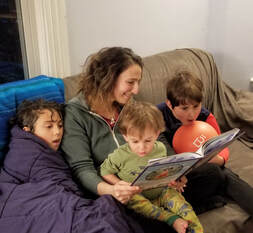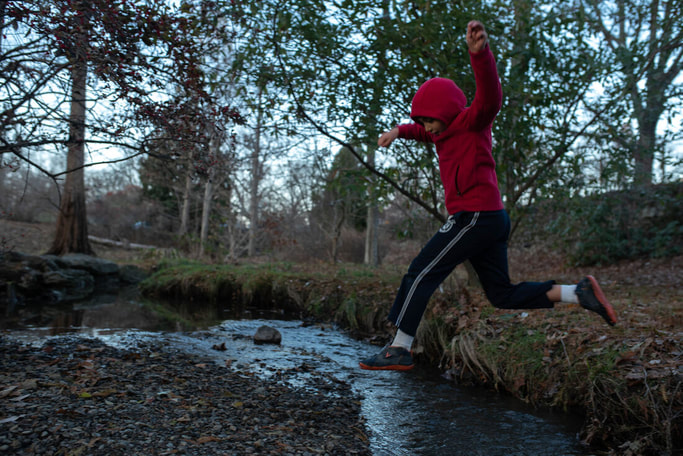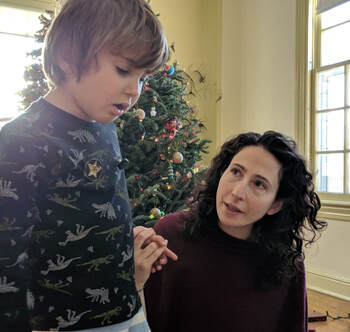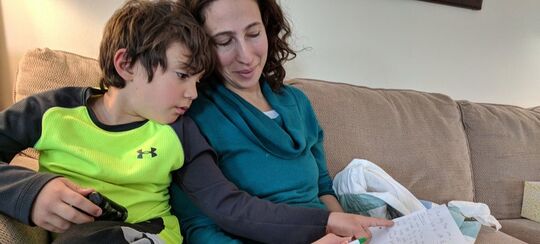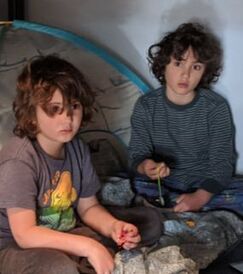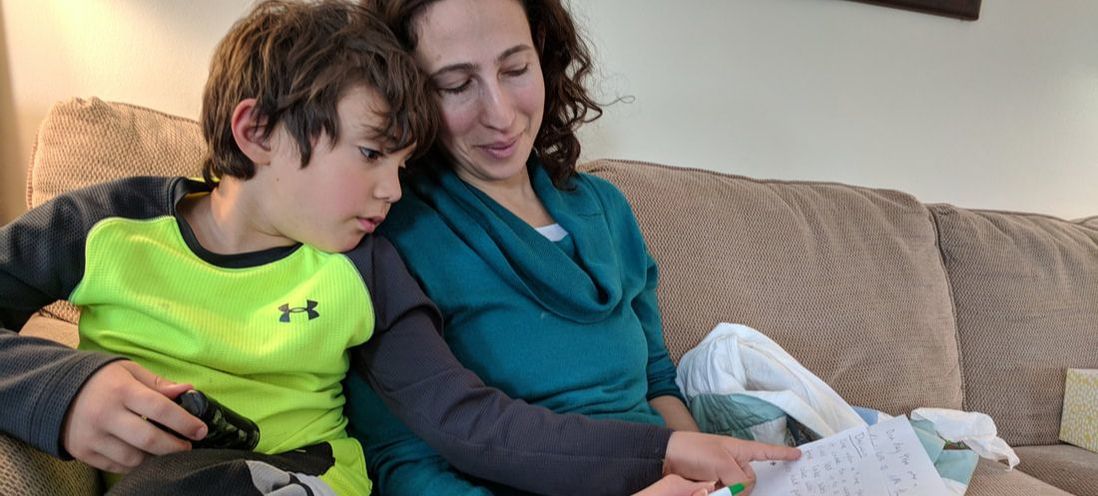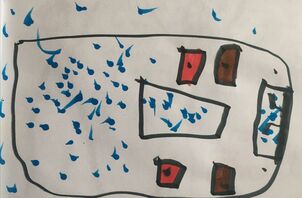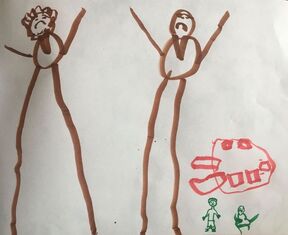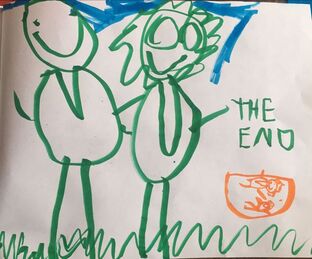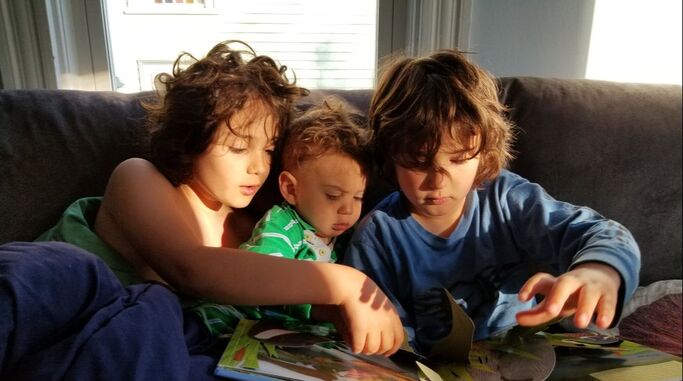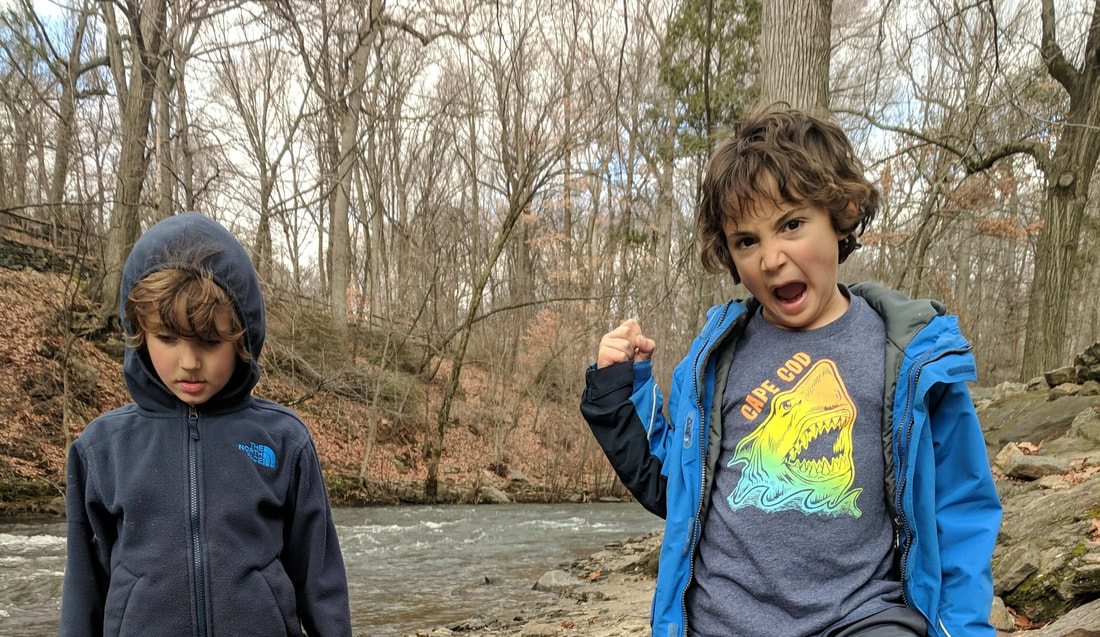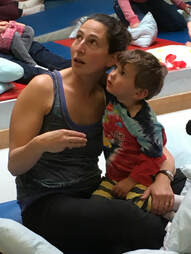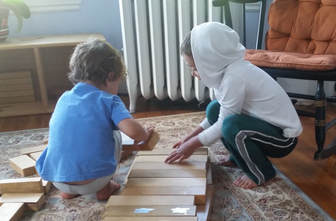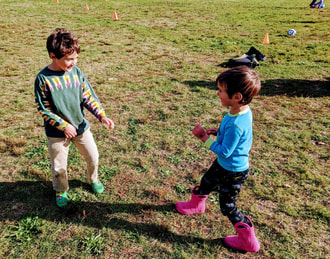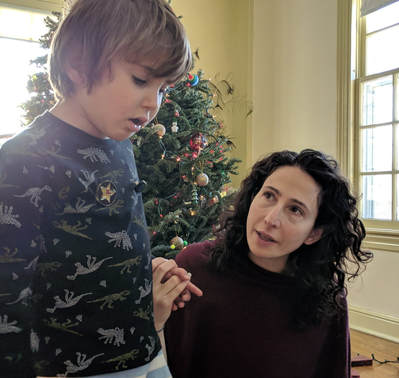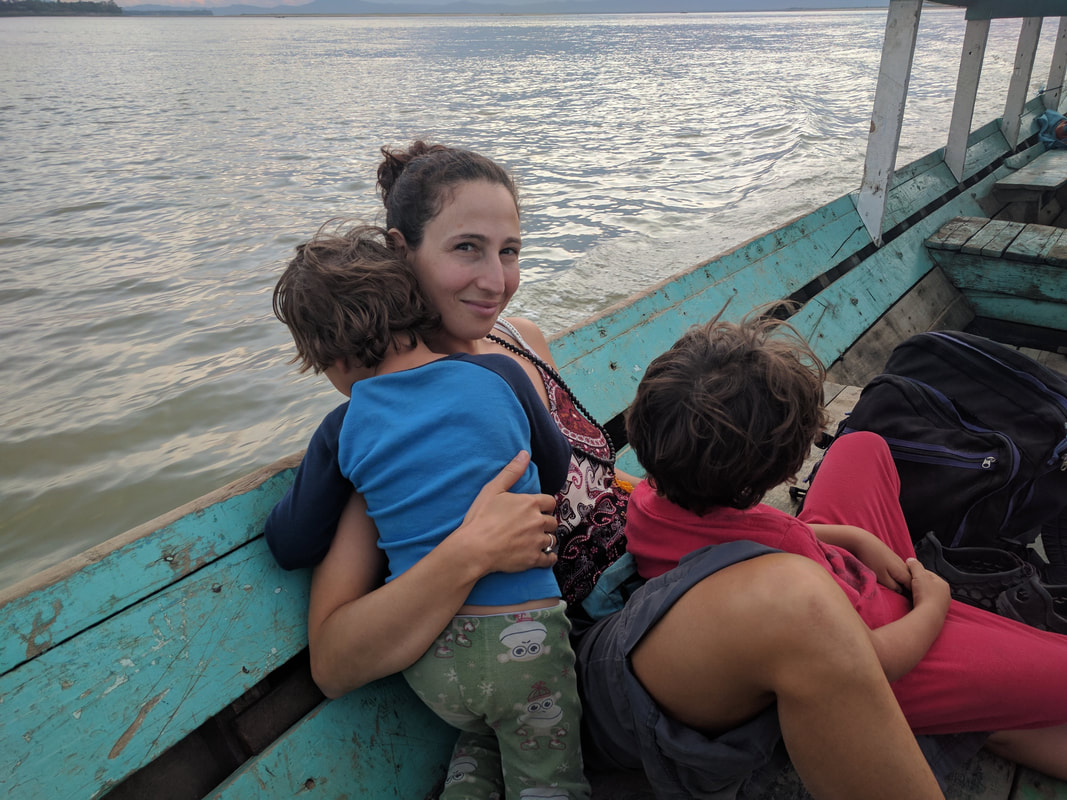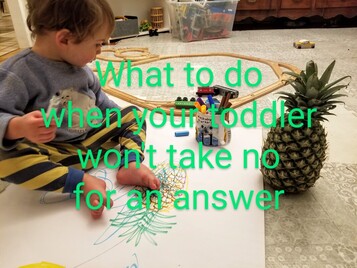
Every day last week, Luca (21 months), asked for pineapple. The second time he asked, I brought him to the fridge and wrote it on the shopping list, which seemed to please him greatly. He still asked about once a day, but was satisfied each time when we looked at the shopping list. I drew a little picture of the pineapple on the white board too, which he liked.
But then the pineapple arrived...completely unripe. Dark green, no aroma, leaves firmly stuck in. We had recently learned that you actually need to let pineapples like these ripen, otherwise they're so sour that no one in my house actually wants to eat them. Poor Luca, here was this beautiful pineapple, just staring him in the face, and Mommy and Daddy refusing to cut it open and let him eat it!
Luca: "Pineapple! Pineapple! Pineapple!"
Mommy: "You want pineapple! It's not ready yet. We'll eat it in a few days."
Luca (pointing emphatically at the pineapple on the counter): "Pineapple! Pineapple! Pineapple!"
Mommy: "You want pineapple so badly. It's still green. If we open it today it will be sour."
Luca (pointing and nearly starting to cry as he speaks): "Pineapple! Pineapple! Pineapple!"
What to do?
When a child is upset, acknowledging their feelings can help make it easier for them to bear, because they know someone else really cares. One of the most effective ways to acknowledge a child's feelings is to give them their wish in fantasy.
"I wish that pineapple were ripe so that we could open it up and eat it right now!"
I did that, but Luca is young enough that that didn't really cut it for him, and he continued to point, repeat, and be on the verge of tears. Most likely, he didn't completely understand what I was saying about the ripeness and the sourness, and maybe about what a wish is either. With young children (though it also can work wonders with older ones), sometimes you want to take the wishes in fantasy a step or two further, by drawing or playing about what they want.
I took a large piece of paper, markers, and the pineapple, and set them all out on the floor. "Luca, we can't eat that pineapple yet, but we can pretend!" Together, we drew a picture of the pineapple, oohing and aahing about how beautiful it was. He immediately calmed down and began to enjoy the drawing together. I also drew a picture of a plate of cut pineapple cubes, and also of him with pineapple in his mouth. He loved it.
Why did he love it? Why did he accept this activity when he was on the verge of losing it over not getting to eat the pineapple? A few possibilities - 1) apparently, our brain actually gets a lot of pleasure from just imagining getting the things we want, 2) he enjoyed the connection with me, 3) my bringing the pineapple into the drawing space convinced him that I was not going to open it at that moment so it wasn't worth continuing to ask, 4) he felt that I truly understood how important pineapple is to him.
The fact is that giving kids their wishes in fantasy is highly effective at all ages when we want to help them process feelings of disappointment. And when it comes to toddlers, drawing or playing about a disappointment reliably helps them change gears and move on.
